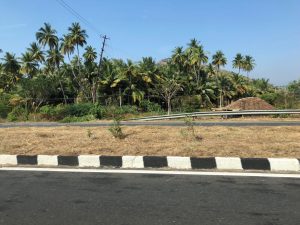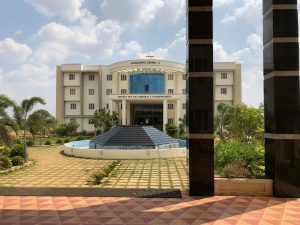Nicola Eddison, one of the senior orthotists in the UK who recently completed her Ph.D at the Centre for Biomechanics and Rehabilitation Technologies writes on her experience:
I have worked in the NHS as the clinical lead for orthotics at the Royal Wolverhampton NHS Trust, for over a decade. My passion is paediatric orthotics, primarily the provision of ankle foot orthoses – footwear combinations (AFO-FCs) for children with neurological conditions.
I chose to undertake a Ph.D to increase my understanding of the biomechanics involved in AFO prescriptions and to investigate the effects of AFO optimisation (commonly termed AFO tuning) in an attempt to improve clinical outcomes and better inform the wider clinical community.
My research focused on the effect of biomechanically optimised AFO-FCs on the gait of children with cerebral palsy.
This research is first of its kind, to offer data in a case series analysis format on AFO-FC tuning, providing individual data rather than group means. For a practising clinician this is very important as each patient is different. I hope others will follow this model. In addition, my work is also the first piece of research which looked at the effects of AFO-FC tuning on energy expenditure and patient perception.
The project provides quantitative data to support the importance of biomechanically optimising AFO-FCs and as such, it contributes to the improvement of AFO prescriptions for children with cerebral palsy.
I thoroughly enjoyed conducting this research and have applied my research knowledge to practice. I intend to continue working with Professor Chockalingam and Dr Healy to help tackle issues relating to Orthotics and Assistive Technology.
As Nachi says, “research is addictive” and I want to continue to work on clinically relevant research questions which will have a substantial impact on people’s lives.
Publications from Nicky’s work:
Eddison N and Chockalingam N (2012): The effect of tuning ankle foot orthoses-footwear combination on the gait parameters of children with cerebral palsy. Prosthet Orthot Int published online 24. July 2012. https://doi.org/10.1177/0309364612450706
Eddison N and Chockalingam N (2014): Ankle foot orthosis- footwear combination tuning: An investigation into common clinical practice in the United Kingdom. Published online before print February 24, 2014 Prosthet Othot Int February 24, 2014. https://doi.org/10.1177/0309364613516486
Eddison N and Chockalingam N (2014): Response: Turning of rigid ankle-foot orthoses is essential. Prosthet Orthot Int, first published on April 1, 2014. https://doi.org/10.1177/0309364614525734
Eddison N, Mulholland M and Chockalingam N. Do research papers provide enough information on design and material used in Ankle Foot Orthoses (AFO) for children with cerebral palsy (CP)? : A systematic review. Journal of Children’s Orthopaedics, 2017; 1-9. https://doi.org/10.1302/1863-2548.11.160256
Eddison N, Healy A, Needham R and Chockalingam N. Shank – to – Vertical – Angle in AFOs: A comparison of static and dynamic assessment in a series of cases. Journal of Prosthetics and Orthotics . JPO Journal of Prosthetics and Orthotics · August 2017. doi: 10.1097/JPO.0000000000000141
Eddison N, Healy A, Needham R and Chockalingam N: Exploratory investigation into energy expenditure using tuned versus non-tuned ankle foot orthoses- footwear combinations in children with cerebral palsy. JPO Journal of Prosthetics and Orthotics. 2018. In Press.






